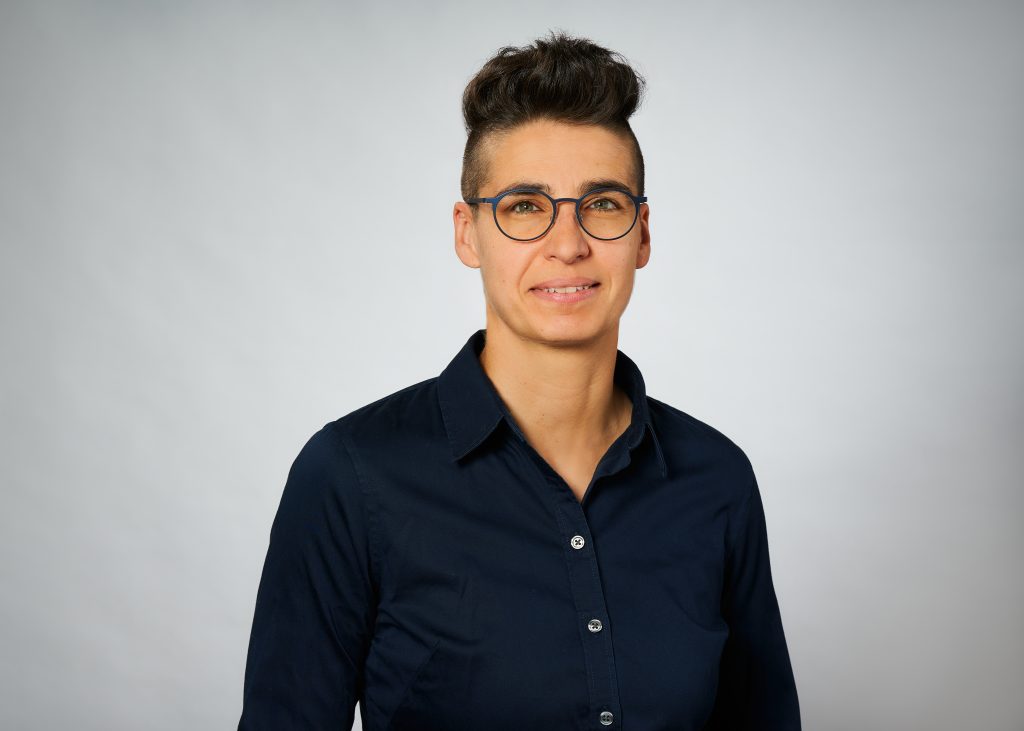Since September 2024: Research Associate at the Leibniz Institute of European History (IEG)
2022-2024: Postdoctoral Researcher at the Buber-Rosenzweig Institute for Modern and Contemporary Jewish Intellectual and Cultural History, Goethe University Frankfurt
2020-2022: Postdoctoral University Assistant at the Department of Art History, University of Vienna
2019 PhD in Art History from the University of Vienna with a dissertation on the Central Synagogue of Sofia
2015-2017: Junior Fellowship at the IFK International Research Center for Cultural Studies University of Art and Design Linz in Vienna and IFK_Fellowship abroad at the Université Bordeaux Montaigne
2013-2015: Byzantine Research Associate at the Image Collections and Fieldwork Archives of Dumbarton Oaks Research Library and Collection, Harvard University in Washington, DC
2003-2010: Master’s Studies in Art History with minors in Philosophy and Slavic Studies
- Sound and acoustics in synagogue architecture
- 19th-20th century (Central) European synagogue architecture
- Architecture and city planning in the nation building context in the Balkans
- Representations of minority, alterity, and gender from a postcolonial perspective
- Medievalisms, Byzantinisms, and Orientalisms in art and architecture
- Historiography of art history
- Art historical archives and photo archives
- Digital humanities
- The Central Synagogue of Sofia: Westernization, Urban Change, and Religious Reform, Köln 2024.
- Popularizing Byzantine Architecture. The 1900 Paris World Exhibition, Balkan Nationalisms and the Byzantine Revival, in: Markéta Kulhánková/Przemysław Marciniak (Hrsg.), Byzantium in the Popular Imagination. The Modern Reception of the Byzantine Empire, London 2023, S. 11–31.
- Situating Sephardi Spaces Between Vienna and the Balkans, Special Section im Leo Baeck Institute Year Book 67 (2022).
- Marcus Ehrenpreis and the Literary Circle Misal, in: Renate Hansen-Kokoruš/Olaf Terpitz (Hrsg.), Jewish Literatures and Cultures in Southeastern Europe. Experiences, Positions, Memories, Wien 2021, S. 47–62.
- The Impact of Choir and Organ on Synagogue Architecture: Preliminary Thoughts on the Role of Musical Performance in Balkan Sephardic Communities, in: Liz James/Oliver Nicholson/Roger Scott (Hrsg.), After the Text: Byzantine Enquiries in Honour of Margaret Mullett, Abingdon/New York 2022, S. 328–350.
